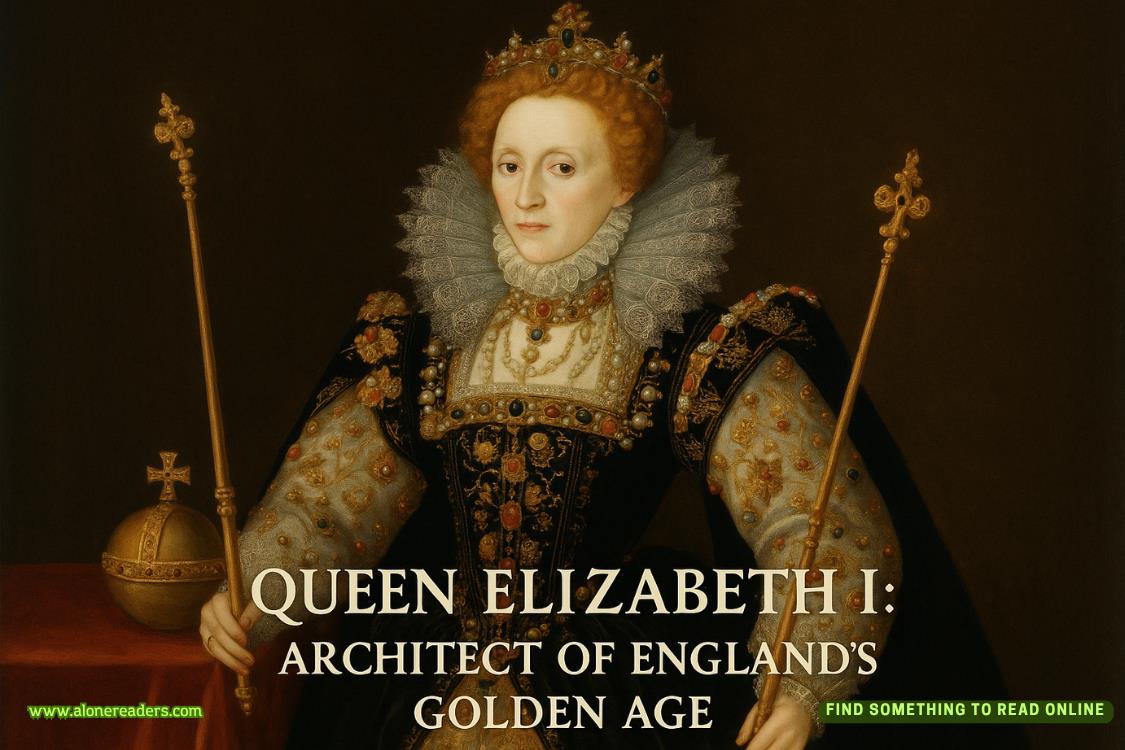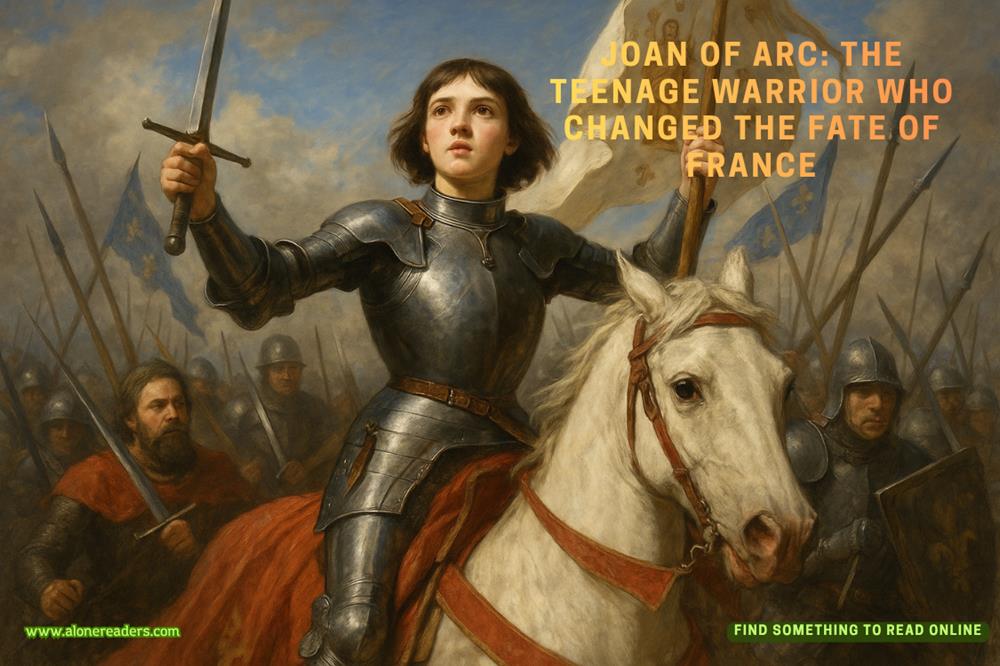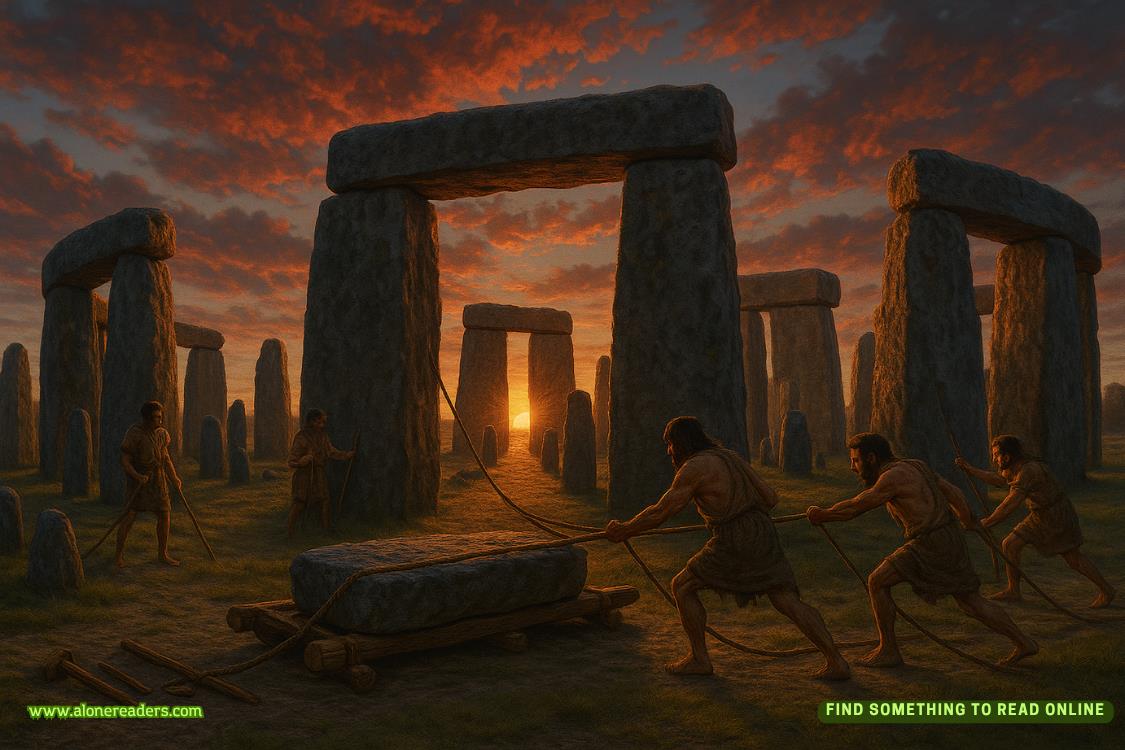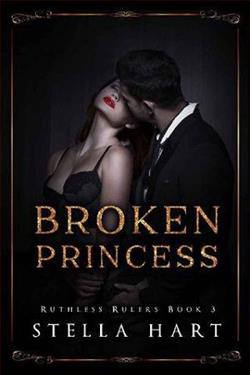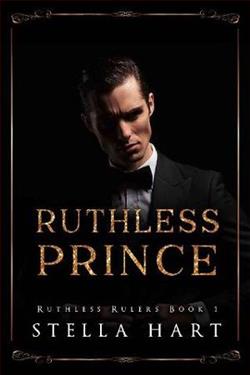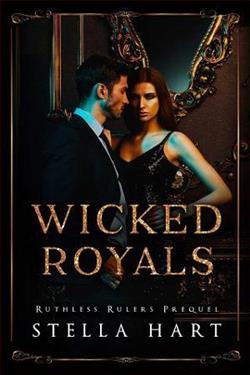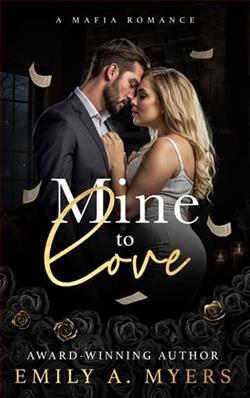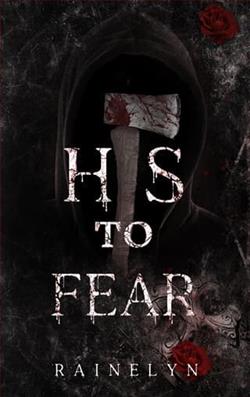Page 15 of Foresyth Conservatory
It was mesmerizing, if not entirely perplexing.
I crept in, half-expecting to be caught, as Nina had found me in the library, but the room was empty. The air was fresher than in the other rooms, and a breeze filtered through the cracks where the tree broke through, dancing with motes of dust suspended in time. Faded wallpaper, patched and peeling, covered the walls. Opposite a large fireplace, the gilded mirror I’d noticed reflected an aged but comfortable room, showing a worn chaise longue and loveseat at its center. The room felt familiar, though I couldn’t place it.
Had I seen this in a dream, or perhaps a photograph?
That was it—I’d seen this room in the photographs the Meister gave me in the folio. This was the scene of the crime.
I went back upstairs to retrieve the photos, carefully sliding them into the waistband of my trousers and covering them with my blazer. I knew well that if I was caught with these, it would spell the end for my time at Foresyth.
Returning to the room, I compared the photograph to reality, noting a splotch of torn wallpaper in the corner where Julian’s inverted body had hung limp. I found the damaged wallpaper and scanned up the wooden trellis. But after a closer look at the picture, I realized it wasn’t a trellis at all.
It was abranchfrom which Julian hung. I approached the tree, staring up at it.Why, I wondered, the question burning in my mind. Why invert the body? The coroner’s report said he had been poisoned. Why go through the trouble of hanging him? It wasn’t to ensure his death—the dose in his system was lethal enough. There must have been another reason.
I racked my brain for connections. The Hanged Man. Card twelve in the Rider-Waite-Smith deck. Its interpretation spoke of suspension—surrender, sacrifice, a change in perspective. It suggested waiting, letting go of the past, or seeing things from an unconventional angle.
And then, the thought burst to the surface of my consciousness.
I slipped the photo back into my waistband and got down on my hands and knees, aligning my head with where Julian’s would have hung. The eerie parallel between us felt unsettling—our heads in the same space, separated only by time. Ten months ago, Julian had been here, alive.
I took a breath and stilled myself. I needed to see the room from his perspective.
I looked, my head still, scanning my eyes across the room, studying every detail. At first, nothing seemed out of place. But before giving up, I pulled out the image one last time, studying Julian, his limbs twisted, his left knee bent to form the shape of a four.His knee.
I looked back at the room, following the line his knee would have pointed to—a shelf above the fireplace, filled with an assortment of knick-knacks. I stood, careful to steady myself, and walked to the shelf. There, among a collection of books, sat an old picture frame and an obsidian statue of Ra.
My gaze fixed on the picture—a group of six students and a teacher, shoulder to shoulder. Their clothes, perhaps from thirty years ago, showed an assortment of colors and textures, even in black and white. I turned the frame over, and my breath caught. Carved into the wood was a symbol—a creature with the head of a lion and the tail of a serpent.
I knew, deep down, that Julian had left this symbol, intending it to be found.
*
The image held no meaning for me. In all my years studying my parents’ collections and the Greenwich Library, I had never come across this lion-serpent iconograph. But if there was a place where it could be deciphered, it was the Foresyth Library. I sketched the symbol into my notebook, returned the frame to its exact position, and slipped out of the room.
The library was empty, save for Leone, who barely glanced up as I walked down the aisles.
A trace of sunlight filtered through the curtains, casting a sepia glow on the shelves. The scent of aged paper enveloped me, a reminder of the hidden mysteries within these walls. I would be lying if I said I didn’t relish delving into its labyrinth of knowledge.
Certain no one else was around, I opened my notebook and examined the symbol again. The lion, regal and fierce, entwined with the serpent’s coils, seemed to guard its secrets as fiercely as the library itself. I started in Nina’s favorite section, cryptozoology, rows five through twenty-four, losing track of time as I scoured tome after tome. But nothing matched the symbol in my notebook. Disappointment settled where my earlier excitement had been. I closed the last book with a sigh. I had come so close, only to be nowhere again.
I turned to leave the P section where I’d looked upPanthera leo, and my gaze fell on the plants and herbs section. I trailed my fingertips along the collection and found a field guide on brewing herbs, slightly jutting out, waiting for me to pluck it from the shelf.
I skimmed through its pages, noting pictures of various plants. One particular variety of hops caught my eye. The image showed a bristly bulb with yellow flowers, and the description noted grassy, pungent, earthy aromas. It sounded a lot like what I had tasted in the tea, masked by the turmeric and ginger.
Humulus lupulus,I read.Bitter and earthy in teas. Smoked or steeped, the herb promotes drowsiness and relaxation. In certain doses, it has effects similar to a truth serum.
Truth serum.
Aspen had dosed my tea with truth serum.
“At Foresyth, the annual Spring Symposium stands as the pinnacle event for students—a revered occasion where scholars present the culmination of their year’s work. This gathering not only marks a significant milestone in each Scholar’s academic journey, but also serves as a critical appraisal by the Foresyth Council, whose evaluations determine whether one may continue their studies. Ultimately, only the most exceptional and promising will earn the esteemed role of Advisor.”
—Foresyth Student Handbook,1920 edition
Chapter 8: Research Circle
A white folio rested on my desk when I returned from breakfast. Inside, contained the daily schedule along with the prospectus, detailing the amenities of the House, including the library, science lab, gardens, recreational area, and information about the weekly laundry service. Breakfast was at eight each morning, lunch was à la carte downstairs, and dinner would be held at six in the evening, following the Research Circle, which occurred daily except on Sundays. Aside from the occasional practicum or demonstration, the Conservatory’s curriculum was entirely research-based.
At the bottom of the stack was a student handbook.

